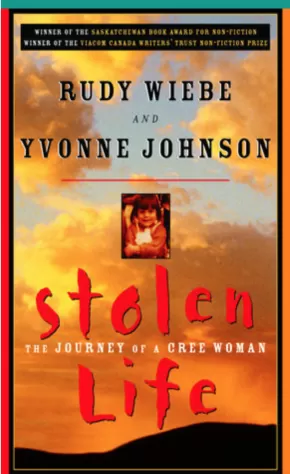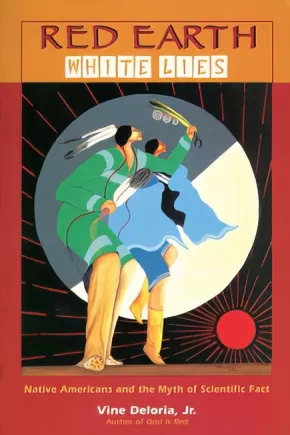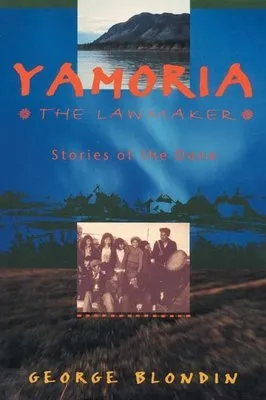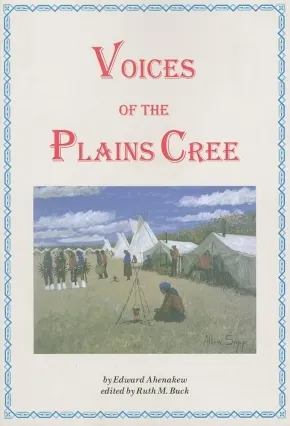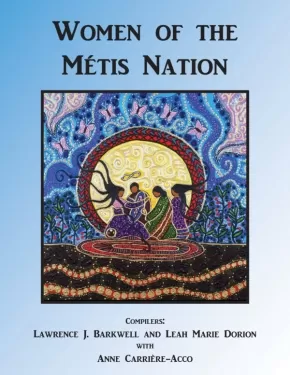History
Synopsis:
The powerful, major book, acclaimed across Canada, from the great-great-granddaughter of Chief Big Bear and Rudy Wiebe, twice winner of the Governor General''s Award for Fiction. A story of justice and social injustices, of murder and morality, and of finding spiritual strength in events that might break us, told with redeeming compassion and poetic eloquence. Stolen Life is a raw, honest, and beautifully written account of the troubled society we live in, and a deeply moving affirmation of spiritual healing.
Synopsis:
Leading Native American scholar and author of the best-selling books God Is Red and Custer Died for Your Sins, Vine Deloria, Jr., addresses the conflict between mainstream scientific theory about the world and the ancestral worldview of Native Americans. Claiming that science has created a largely fictional scenario for American Indians in prehistoric North America, Deloria offers an alternative view of the continent's history as seen through the eyes and memories of Native Americans.
Synopsis:
Dene Elder George Blondin creates a spiritual guidebook that weaves together oral stories with the recounting of how the northern Canadian Dene came to depend on the European fur traders. The result is a magical journey for readers of any heritage.
Additional Information
240 pages | 6.00" x 9.00" | Paperback
Synopsis:
When buffalo were many on the western plains, when Cree and Blackfoot warred in unrelenting enmity, when the Sun Dance and the shaking tent were still a way of life these were the days of Chief Thundershild (1849-1927). His stories of a fierce and vanished freedom are reprinted here, exactly as he told them to Edward Ahenakew in 1923. His voice, simple and poetic, resonates with the wide expanse of sky, the song of the wind, the sound of water.
The other voice in this volume is equally moving, but in a very different way. It is the voice of Old Keyam, pained and angry, raised in protest against the Indians' lethargy and the white man's insensitivity. A fictional character, semi-autobiographical, he is very much the voice of Edward Ahenakew, telling of life on the reservations in the new white world of the early twentieth century.
Synopsis:
The button blanket is eye-catching, prestigious and treasured -- one of the most spectacular embellishments to the Indian culture of the Northwest Coast and a unique form of graphic and narrative art. The traditional crest-style robe is the sister of the totem pole and, like the pole, proclaims hereditary rights, obligations and powers. Unlike the pole, about which countless books and papers have been written, the button blanket has had no chroniclers. This is not only the first major publication to focus on button blankets but also the first oral history about them and their place in the culture of the Northwest Coast. Those interviewed include speakers from six of the seven major Northwest Coast Indian groups. Elders, designers, blanket makers, and historians, each has a voice, but all do not conform to any one theory about the ceremonial robe. Rather, the book is a search for the truth about the historical and contemporary role and traditions of the blanket, as those relate to the past and present Indian way of life on the Pacific Northwest Coast.
Synopsis:
Métis Women are the heart and soul of the Métis people. Without them, there would be no Métis Nation. They are the strength behind our families, communities, and places of work. In the past, their kinship networks established where people settled and whom people married. Sovereign within their familial and community roles, they were the healers, the stewards of the land and its resources, the keepers of Indigenous knowledge, and the midwives who kept the Métis Nation nurtured, educated, and sustained. This tradition has continued into the present as Métis women have moved past their domestic and familial spheres into areas such as social advocacy, the arts, sports, law, post-secondary education, and entrepreneurship. Containing hundreds of biographies, Women of the Métis Nation is an ambitious role model book that documents more than 200 years of trailblazing Métis women.
Additional Information
235 Pages | Nonfiction

